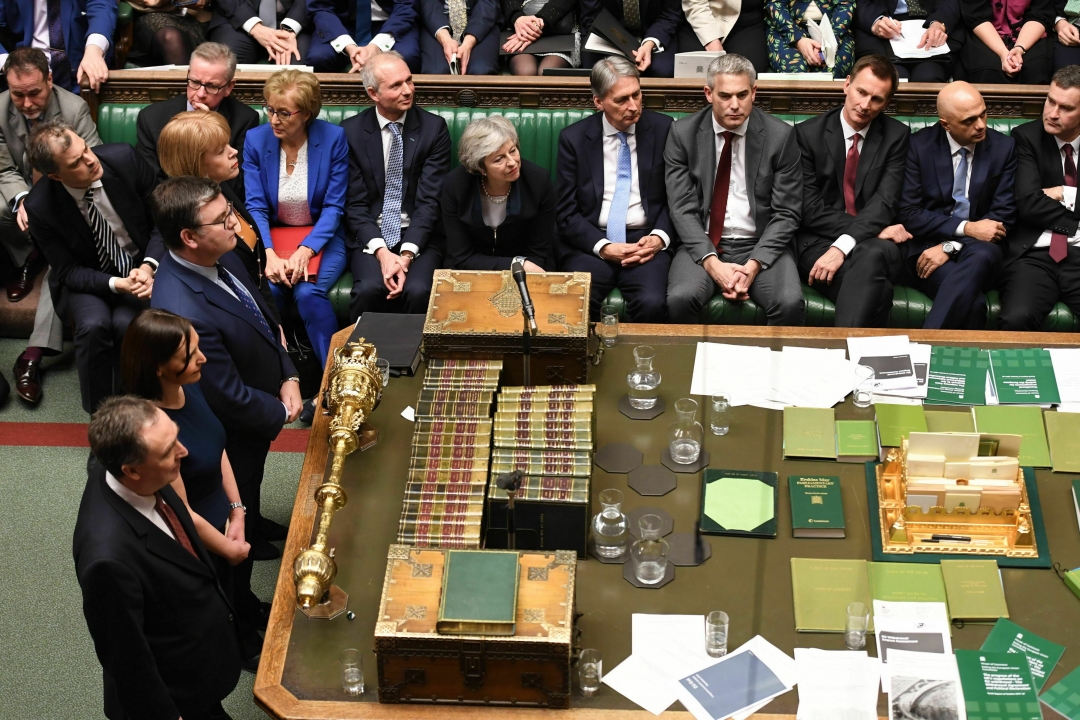Brexit deal rejection: What could happen now

If most MPs vote on Wednesday that they have no confidence in the government, Theresa May would have 14 days to win back support.
The British Parliament’s long-anticipated vote on a plan to withdraw from the European Union, also known as Brexit, came to its expected conclusion on Tuesday night when lawmakers weighed in on a deal proposed by Prime Minister Theresa May.
No one really thought that at the last minute May would be able to pull a rabbit out of her hat to secure approval for the plan. And she didn’t, with her Brexit deal rejected by a vote of 432-202. Now she has to go hat in hand to Brussels to see if she can work some magic there.
Spoiler alert: She almost certainly cannot.
Here’s what to know as Britain enters uncharted territory of the process that is Brexit.
The opposition has called a vote of no confidence
On Tuesday night, Jeremy Corbyn, the leader of the Opposition Labour Party, called for a vote of no confidence in May’s government, denouncing what he called its “sheer incompetence”.
If most members of Parliament vote on Wednesday that they have no confidence in the government, May would have 14 days to win back the support of lawmakers. Without that, an early general election would be triggered. (The no-confidence vote on May’s government differs from a vote she faced in December, when members of her own Conservative Party tried to unseat her as party leader. She survived that vote, 200-117.)
If the no-confidence measure passes, the Opposition could take power. But Corbyn is unlikely to have enough votes for the measure to pass, a reality that Labour politicians have themselves admitted.
Barry Gardiner, a Labour member of Parliament, told the BBC that while the numbers are “probably not there” to win the vote of no confidence, “it’s not about a one-off thing.” Gardiner said the vote was intended to raise the question of whether May should resign.
Courtesy : The Telegraph
